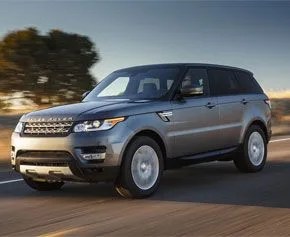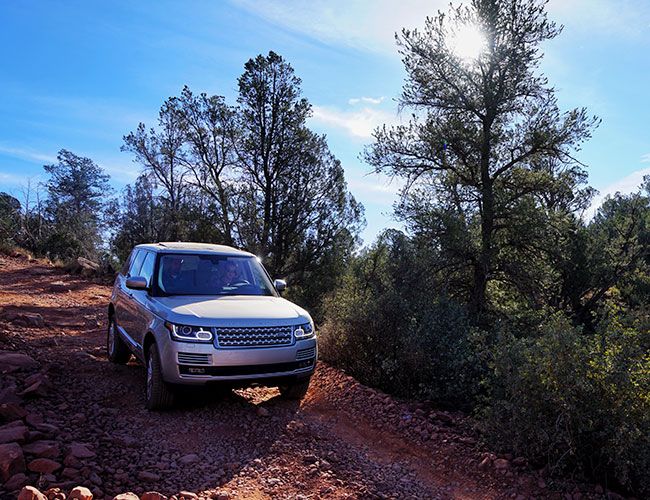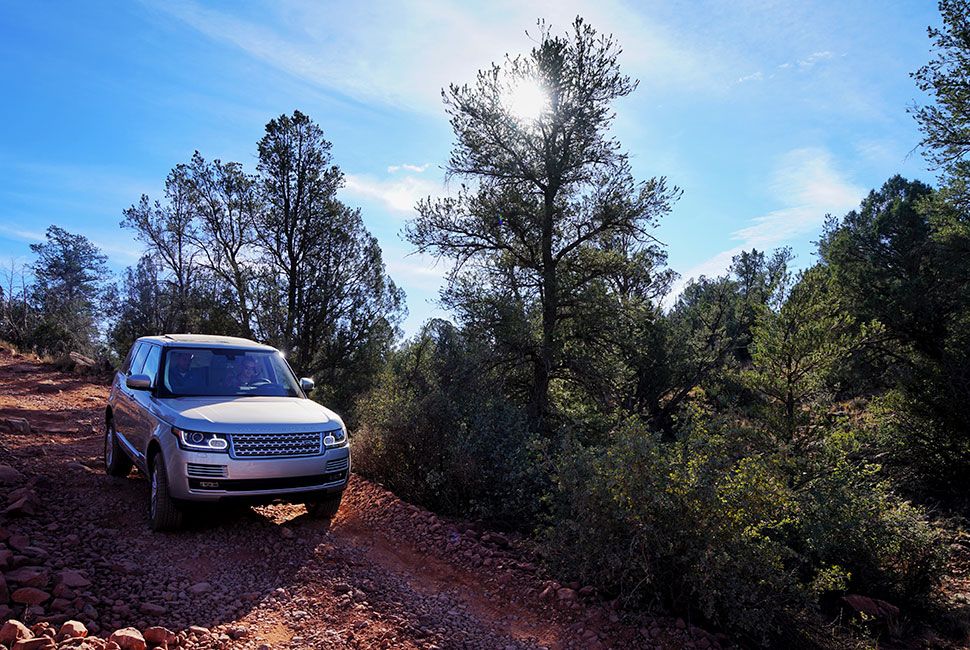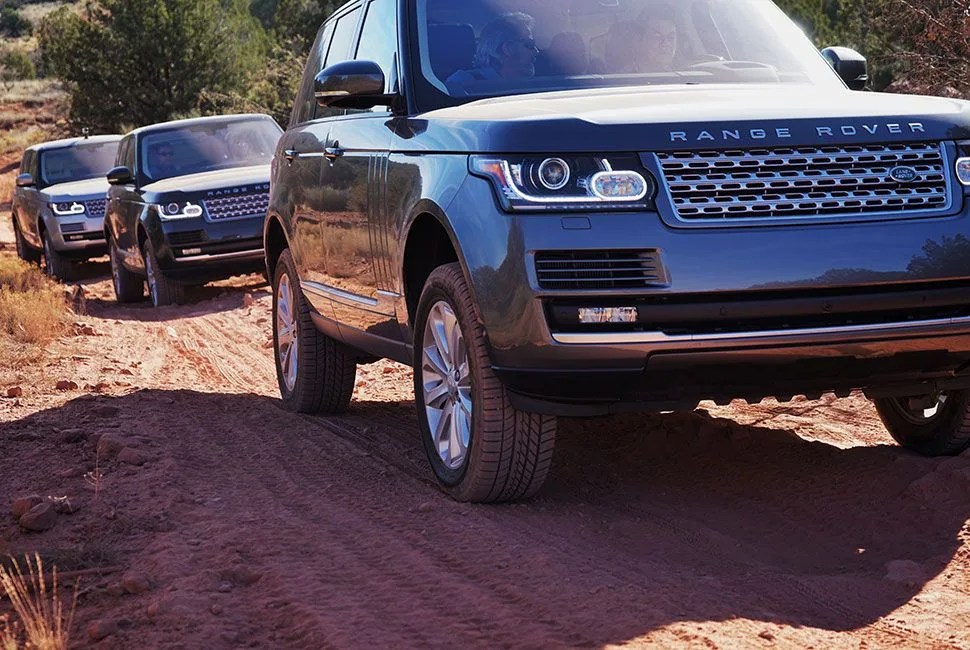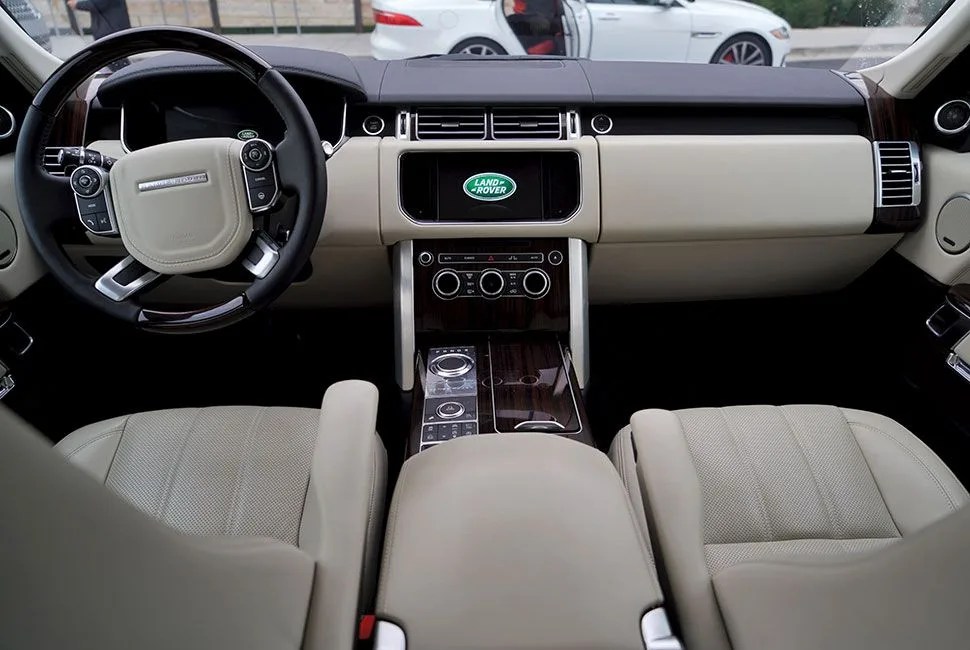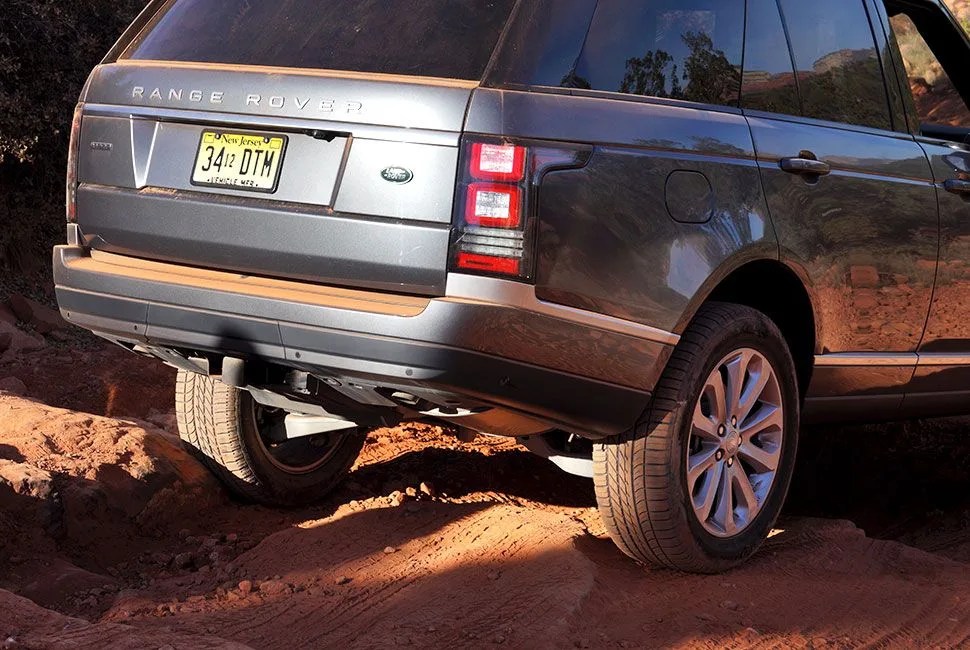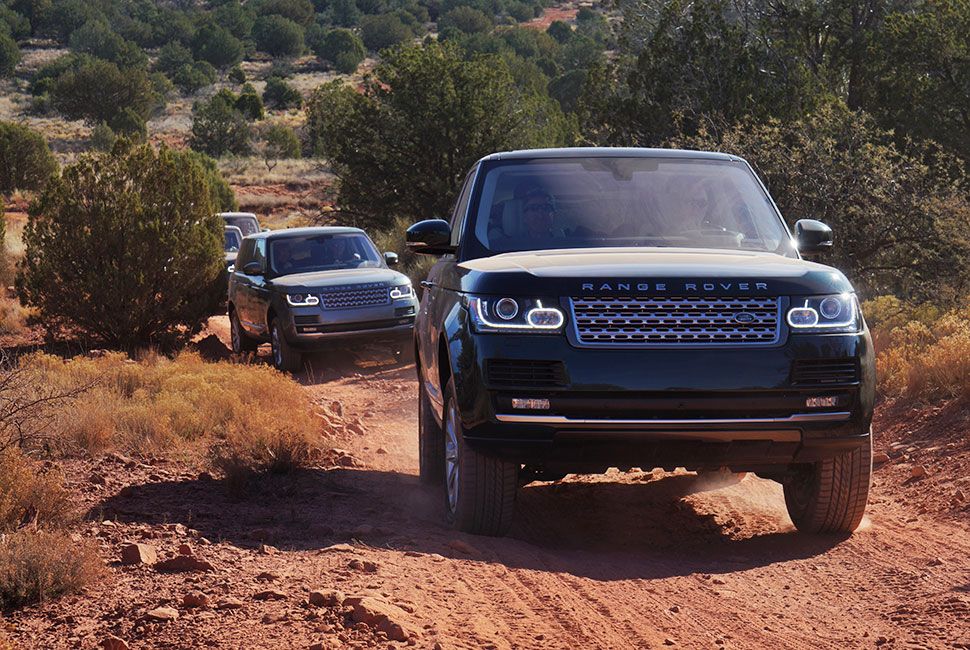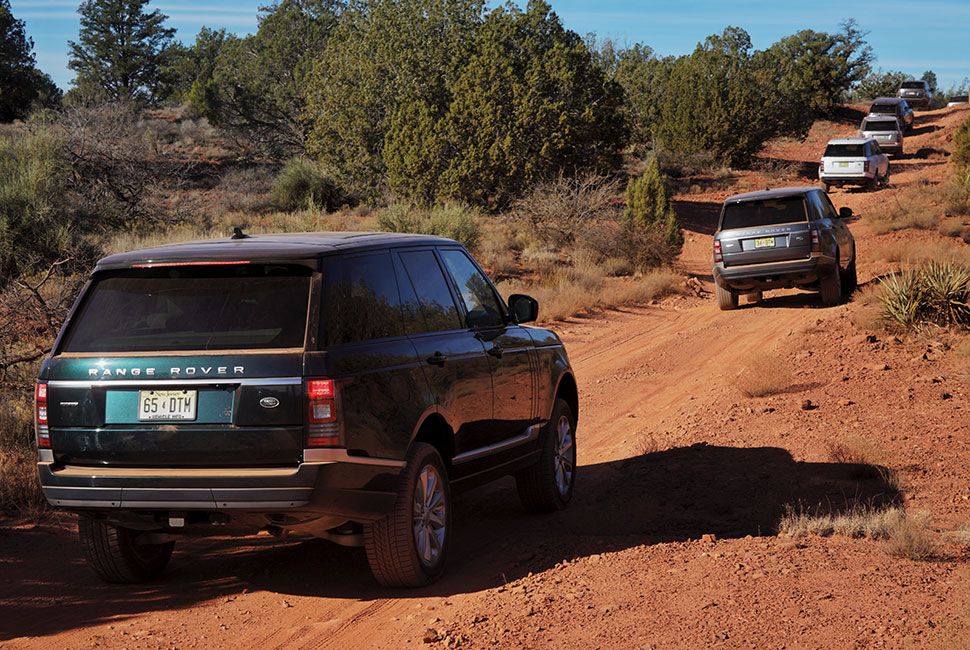7 photos
In any unpaved driving scenario, there are two key factors at play: the capabilities of the driver, and the capabilities of the vehicle. I’ve dabbled enough in off-roading to know how to handle modest challenges, but tackling the craggy hills outside of Sedona, Arizona, in the new Range Rover Td6 and the Range Rover Sport Td6 — the first-ever appearance of diesel Land Rovers in the US — completely re-calibrated my idea of off-road excellence in road-ready SUVs.
Here you have the already legendary Land Rover prowess, boosted by a new All-Terrain Progress Control system that automatically controls throttle and braking to scramble brilliantly over rocky terrain — down to even a 1 mph crawl. All that, on top of the power and efficiency of a modern diesel engine. Together these polished brutes grunt their way up the steepest hills and over the gnarliest rocky outcrops. Undoubtedly the greatest pairings yet of royal grace and Tough Mudder muscle.
But wait, you say. What about that Volkswagen mess?!?!
While the Dieselgate debacle is an unmitigated disaster that could indeed spell doom for the fuel’s widespread adoption in the United States and elsewhere, for now other companies that truck in diesel tech are proceeding as if it’s business more-or-less as usual. Land Rover’s diesel rollout has been in the works for years, and even the worst timing can’t easily derail that — especially given that Land Rover swears up and down that its diesel vehicles pass emissions with no cheats or shortcuts.
Range Rover and Range Rover Sport Td6 Stats
